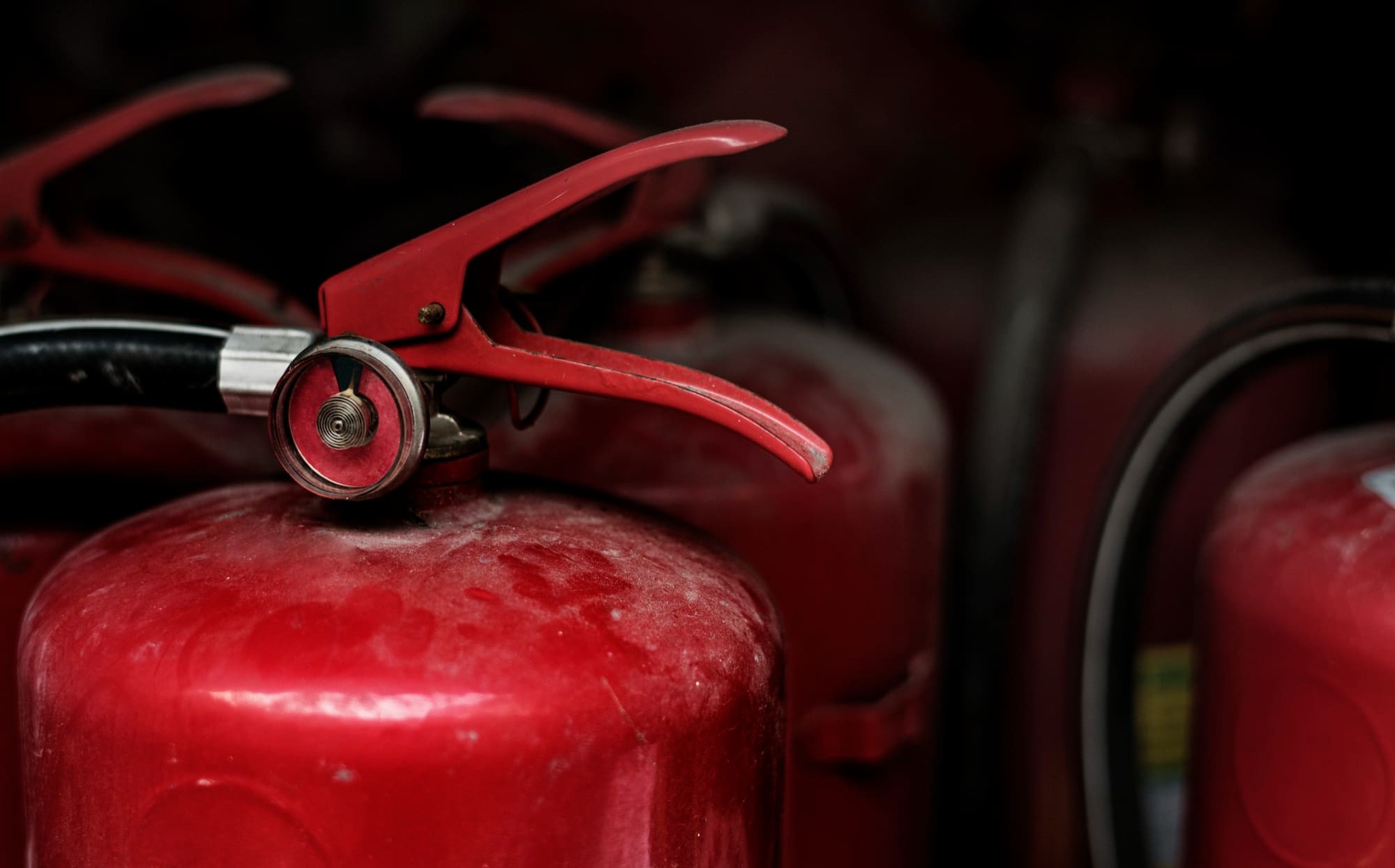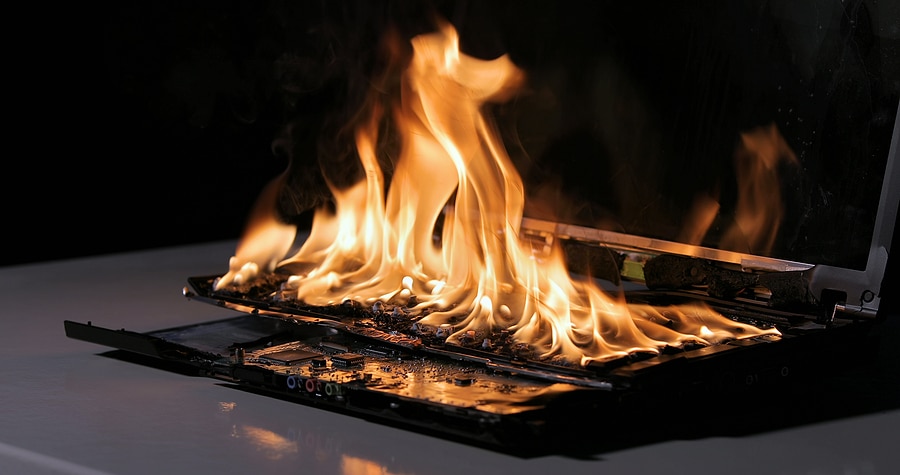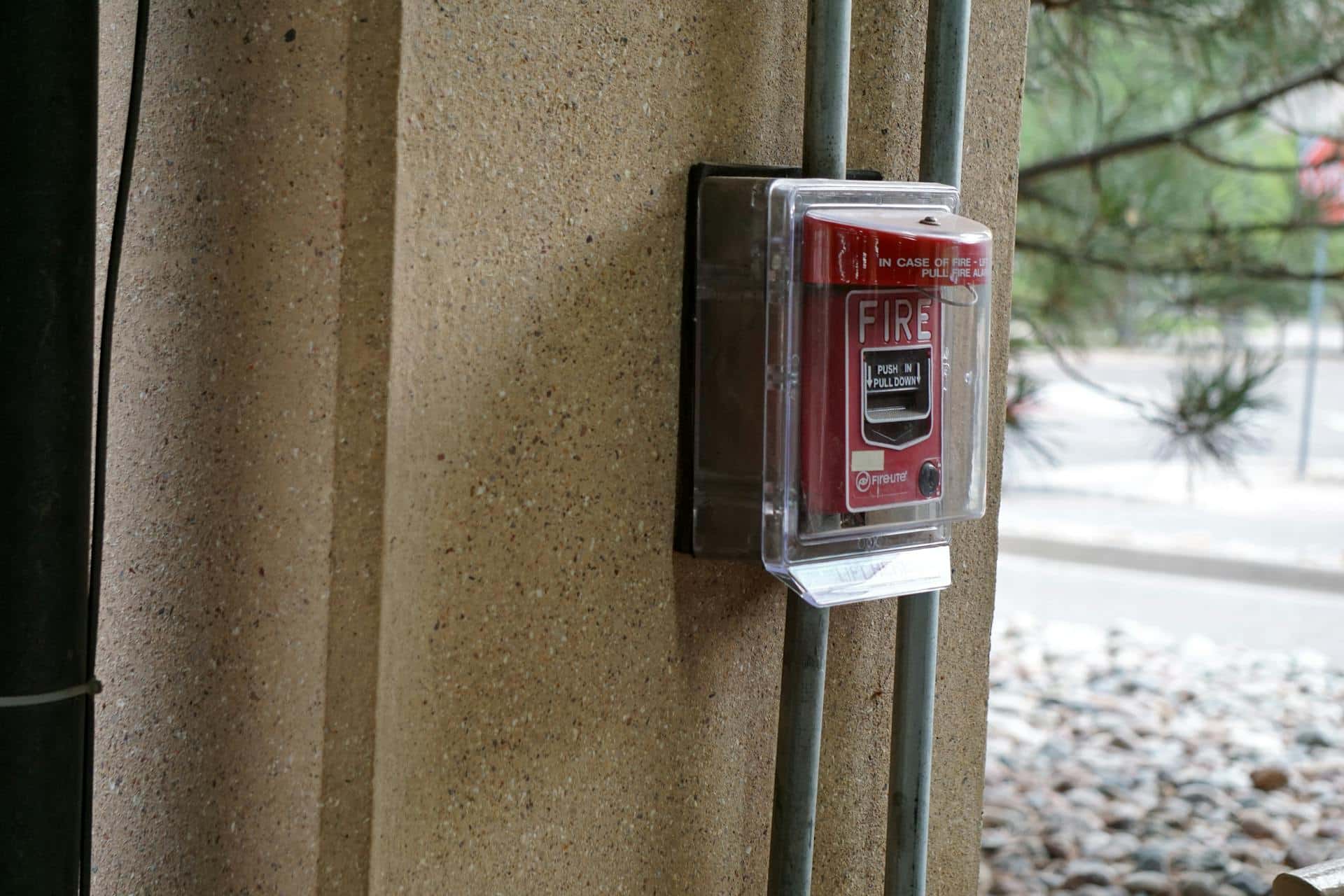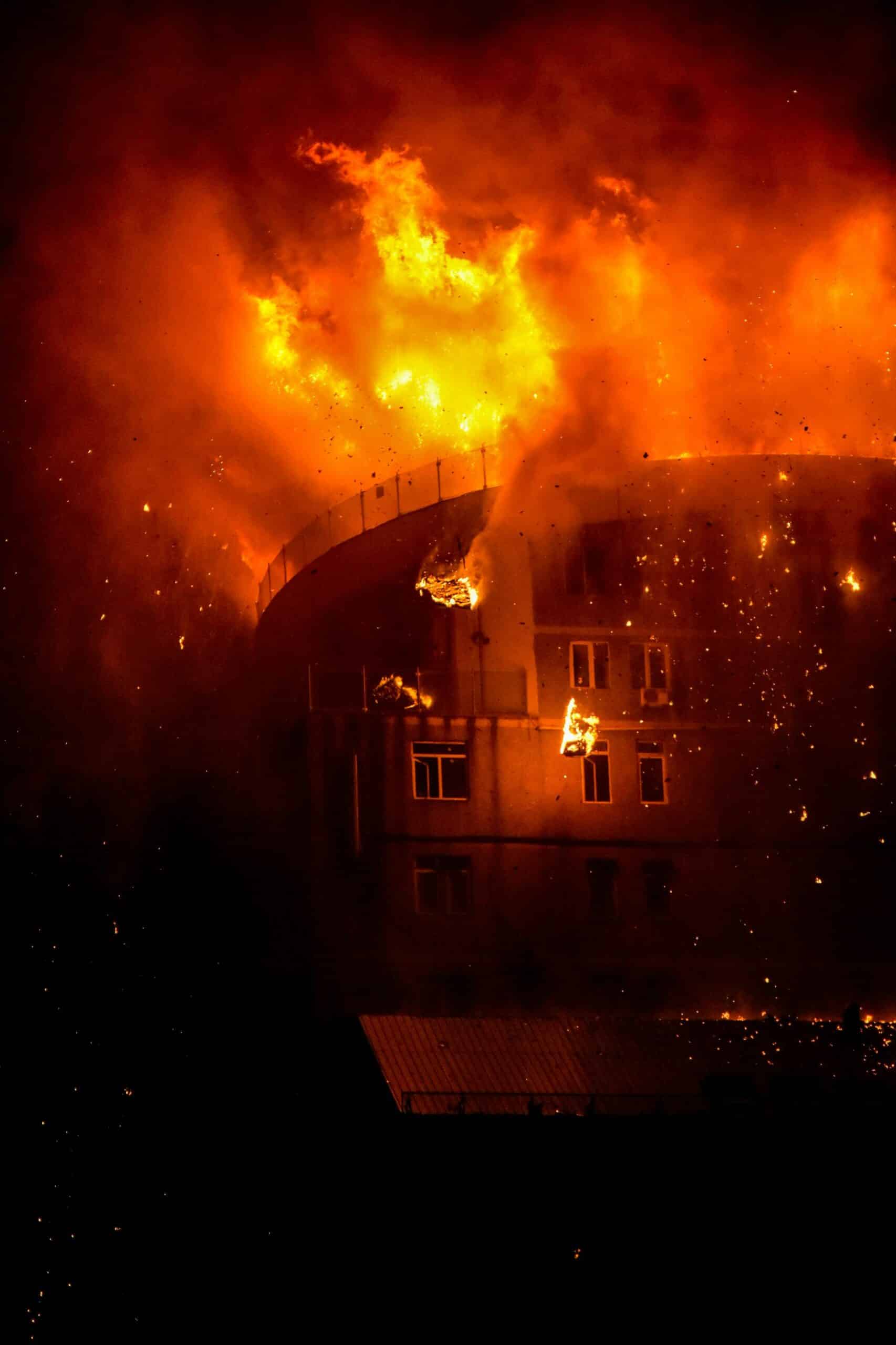
Understanding Types of Fire Extinguishers
Be sure to check your fire extinguisher to ensure it meets your needs and maintain it properly. It could save your life.
And if you’re in need of fire protection services, contact Reliable Fire Protection in Sugar Land and nearby Houston areas. We offer commercial fire protection services to ensure your employees and business safety and protection.
Fire Classification
Class A – General flammable materials such as fabric, paper, and lumber.
Class B – Combustible liquids such as motor oil, automotive fuel, and paint.
Class C – Electric current and devices.
Class D – Flammable metal.
Class K – Kitchen flammables, such as grease or fat used in a frying pan or deep fryer.
Fire Extinguisher Types
Water
Class A
This is the most widely used agent for firefighting. Unfortunately, its extinguishing capabilities are limited to simple fires in which standard combustible materials are burning Foam.
Classes A, B
The agents in these fire extinguisher types are effective on both solids and combustible fluids. Anything sprayed with one of these devices must be cleaned thoroughly. Remnants will then evaporate
Multi-Purpose Dry Chemical
Classes A, B, C
Mono ammonium phosphate is the agent used in this type of extinguisher. This chemical can damage anything it touches, so it is important to wash away all residue of the agent as soon as possible following its use.
Regular Dry Chemical
Classes B, C
This extinguisher uses sodium bicarbonate as its agent. Sodium bicarbonate will not damage your property and is completely safe to use. Cleaning away the chemical is simple, but of course its usability is more limited than the multi-purpose option.
Carbon Dioxide
Classes B, C
The agent in this type of extinguisher sucks away the oxygen that is enhancing the flammability of the environment. These extinguishers do not spray as far as others do. It is unnecessary to wash affected areas afterward because the chemical is safe and no traces remain after its usage.
Halotron
Classes A, B, C
The agent in this extinguisher is a fluid that vaporizes when released from its container. Like carbon dioxide devices, these extinguishers are green-friendly and will not require cleaning after usage.
Purple K Dry Chemical
Classes B, C
This type of fire extinguisher uses the agent potassium bicarbonate. The chemical will not damage belongings or the surrounding atmosphere. It does, however, need to be swept up or flushed away after the device is used.
Wet Chemical
Class K
The agent used in this type of fire extinguisher is a complex agent with the compound potassium acetate as its basis. It mists any inflamed cooking fluids and fats, also affecting any gases that are being released by the fire.
Dry Powder
Class D
There are a range of dry powder devices. If your atmosphere contains metals that can catch fire, be sure you are using an extinguisher specific for the metal in your environment.
Related Articles

How to Put Out a Lithium-Ion Battery Fire
Lithium-ion battery fires are dangerous and require a different approach than traditional fires. This post walks you through the safe steps to take and what not to do. Be prepared before an emergency strikes.

How Do Fire Alarm Systems Work?
Fire alarm systems detect smoke, heat, or flames and alert occupants instantly. This post explains how sensors, panels, and alarms all work together. Knowing the basics can help you maintain your system.

12 Bad Fire Safety Habits That Can Burn Down Your Workplace
Complacency with fire safety can lead to disaster. From blocked exits to ignored alarms, we cover the habits that put businesses at risk. Identify and correct these behaviors before it’s too late.
